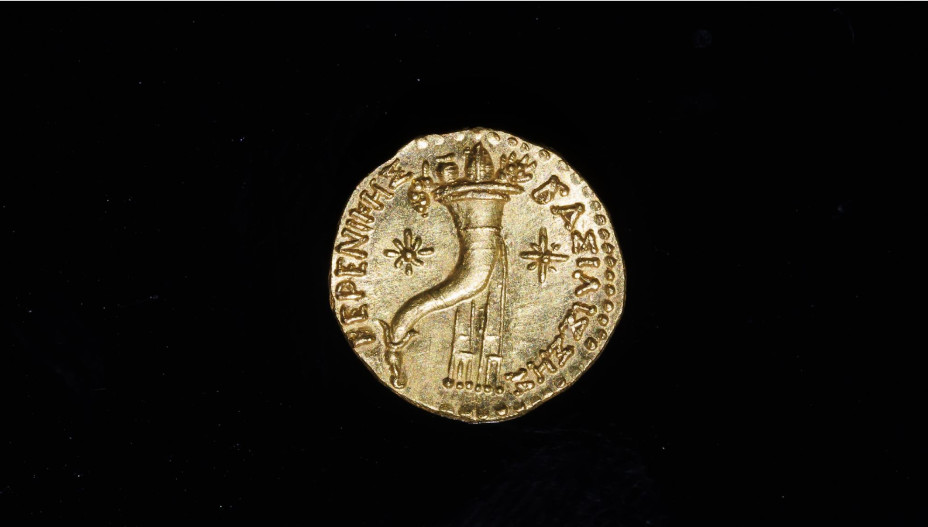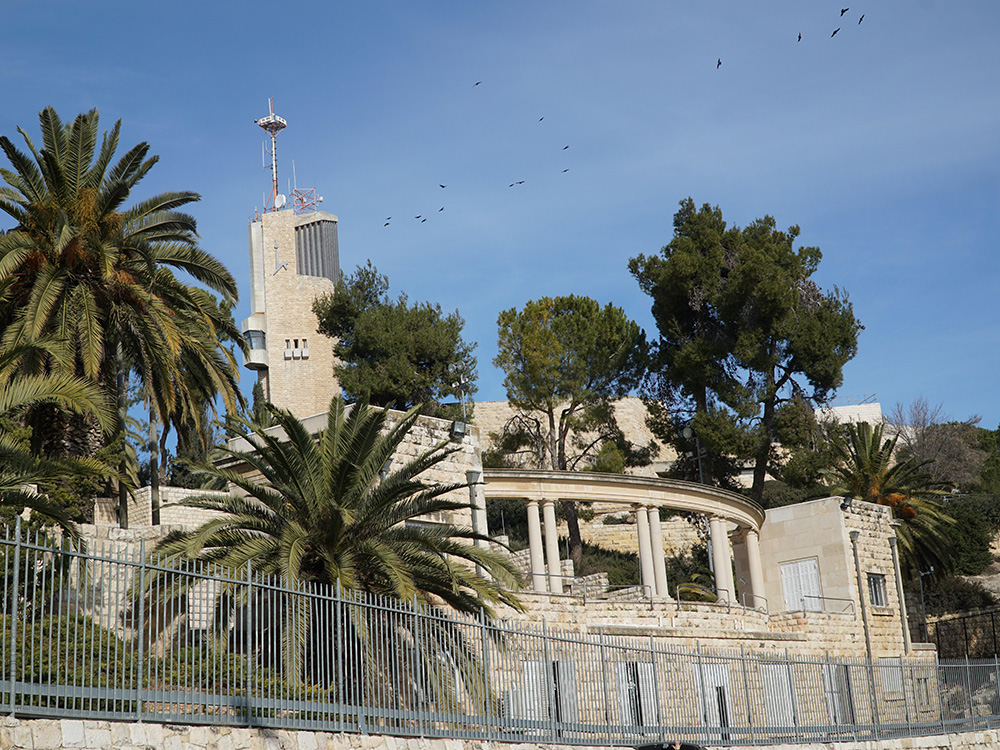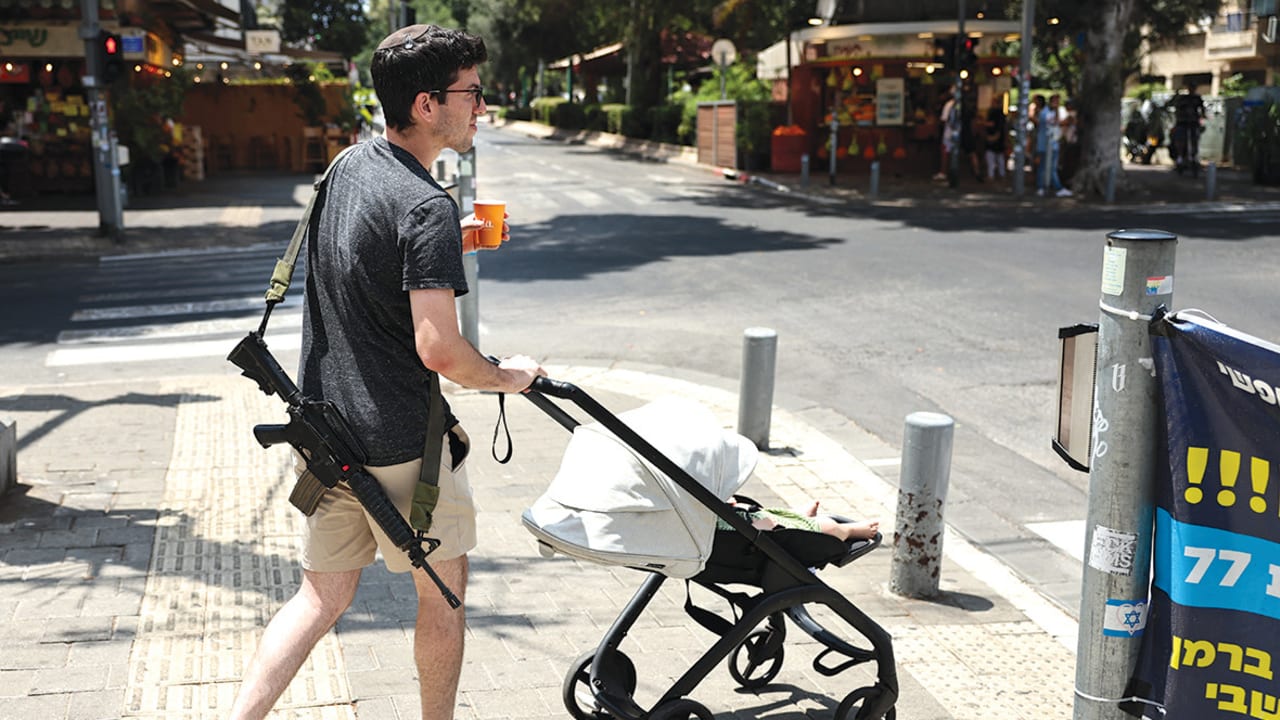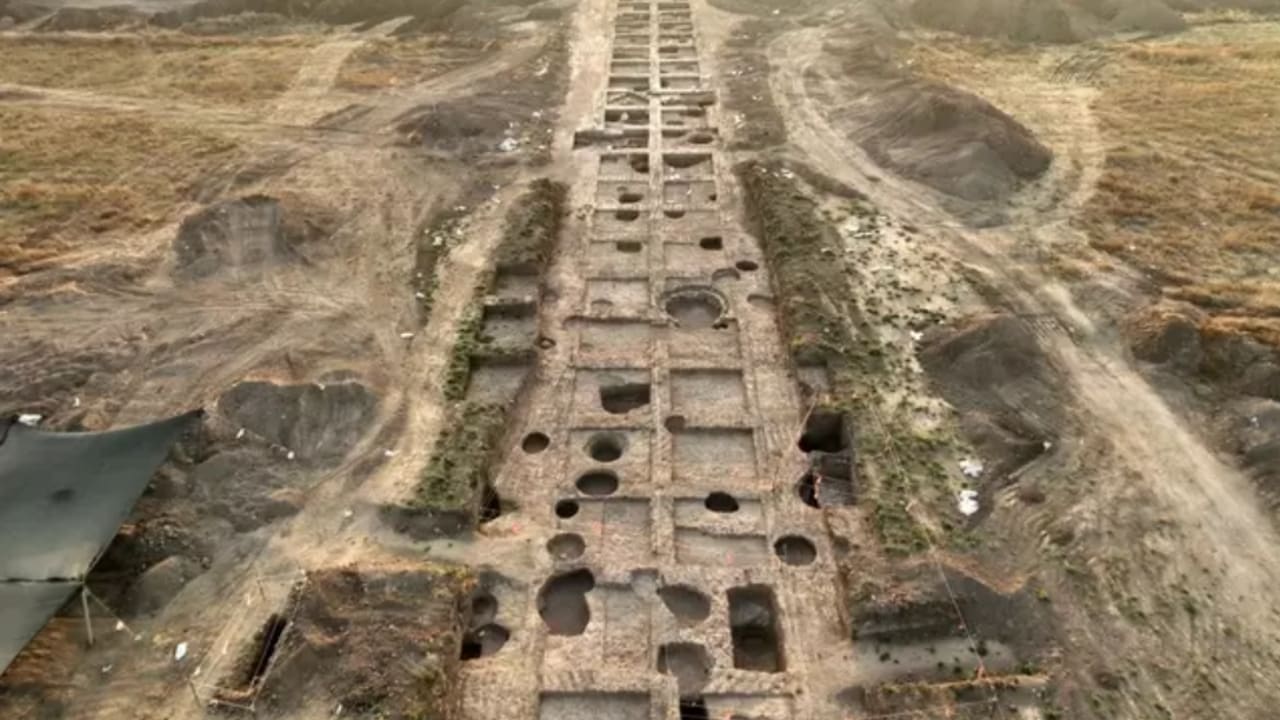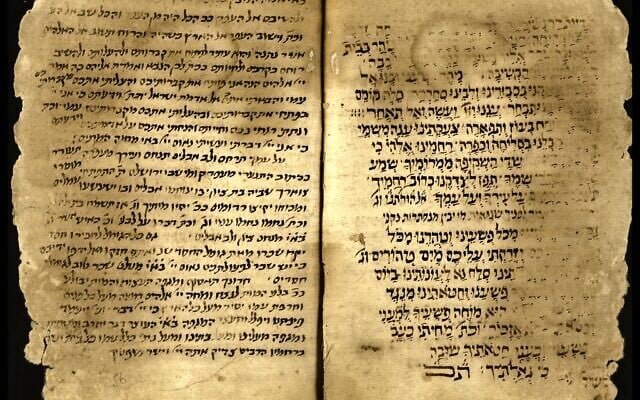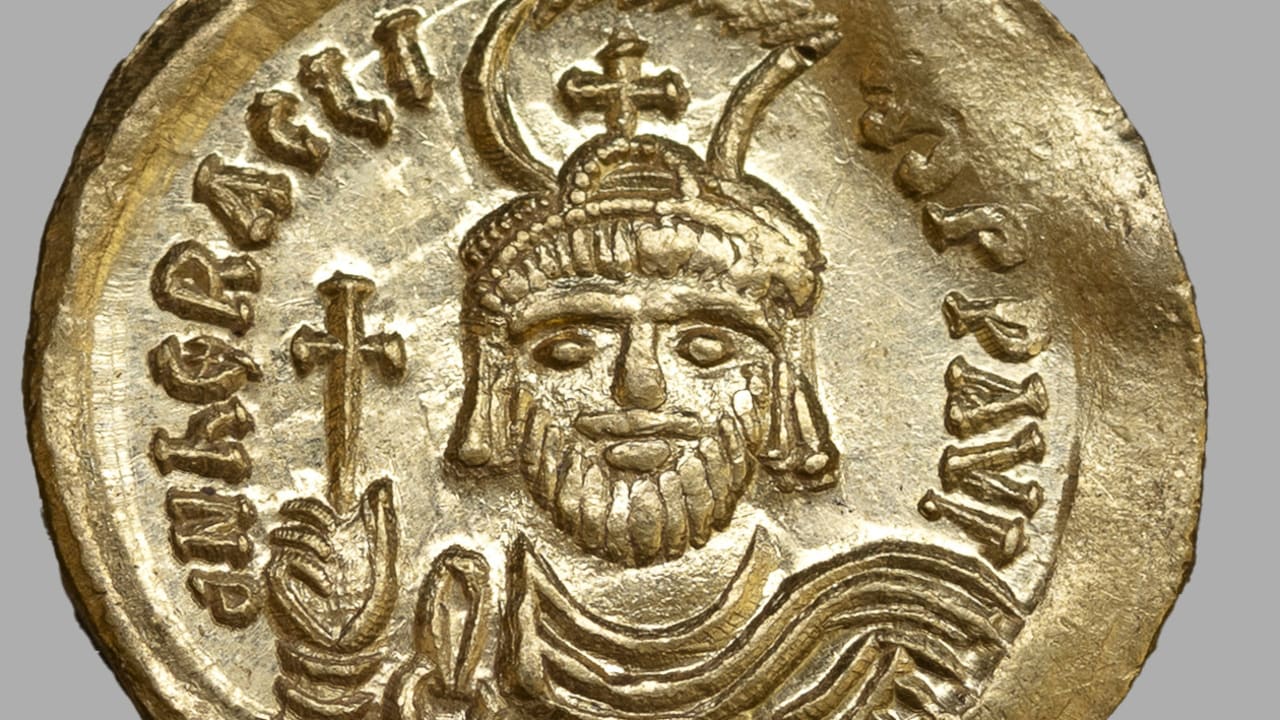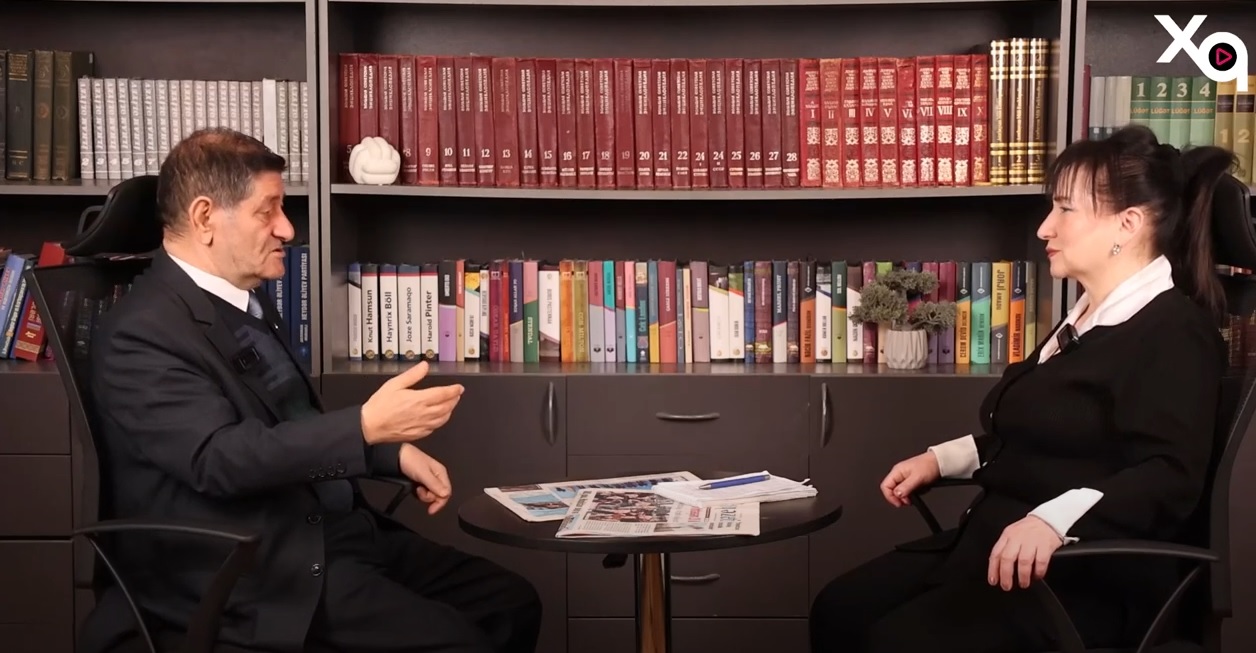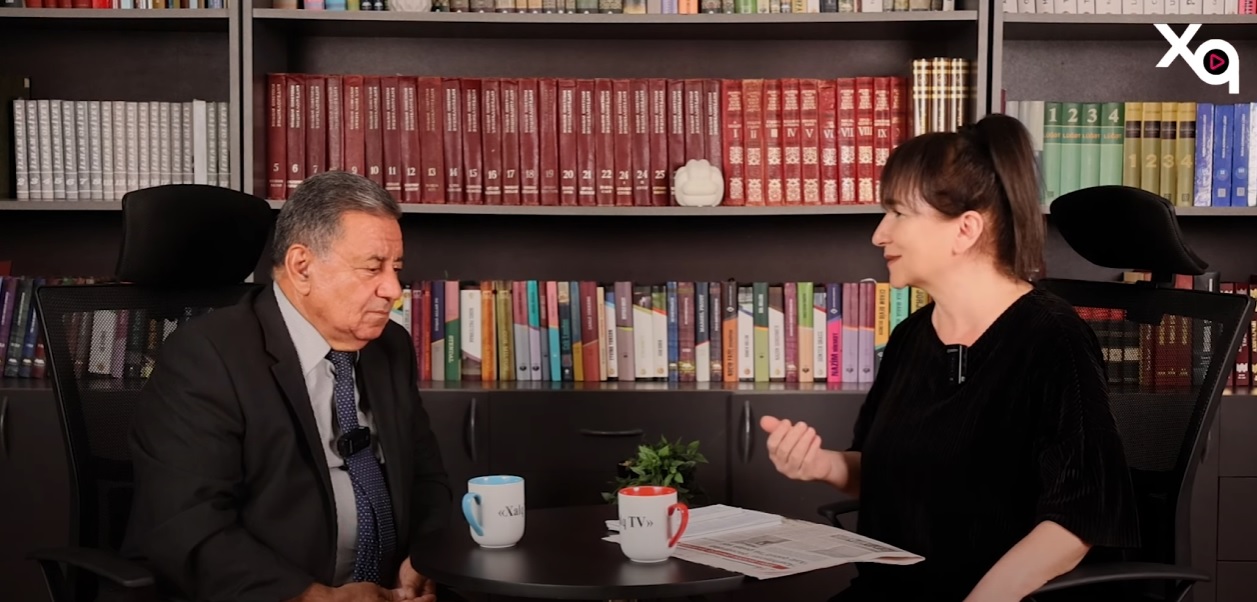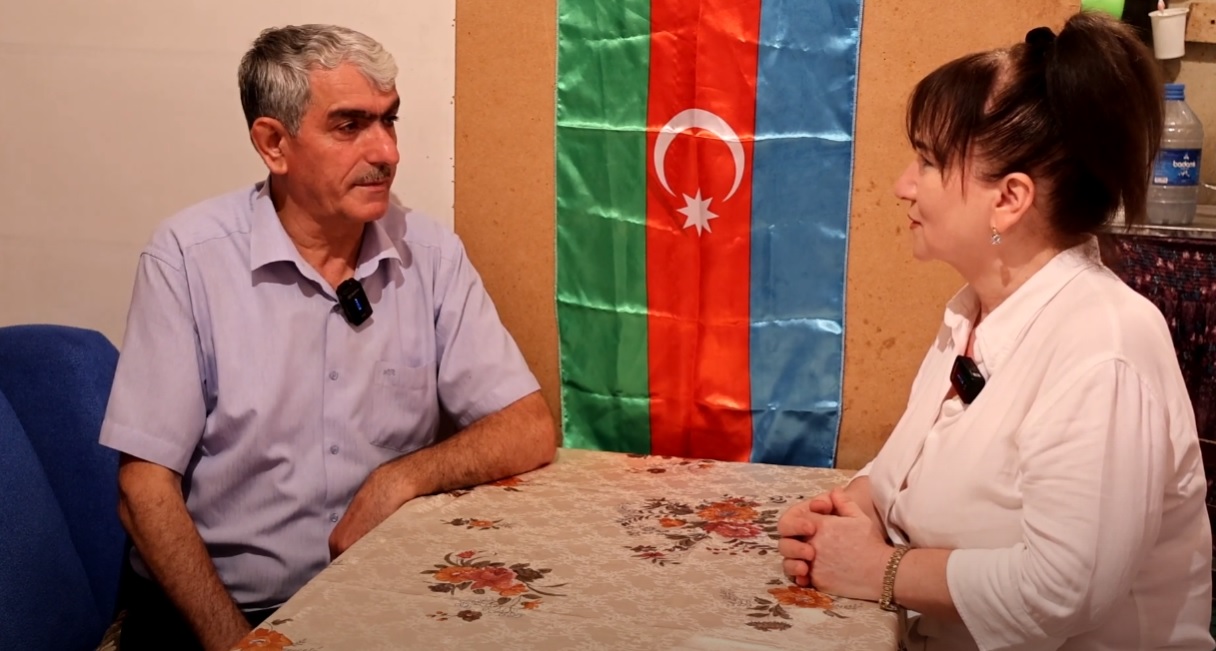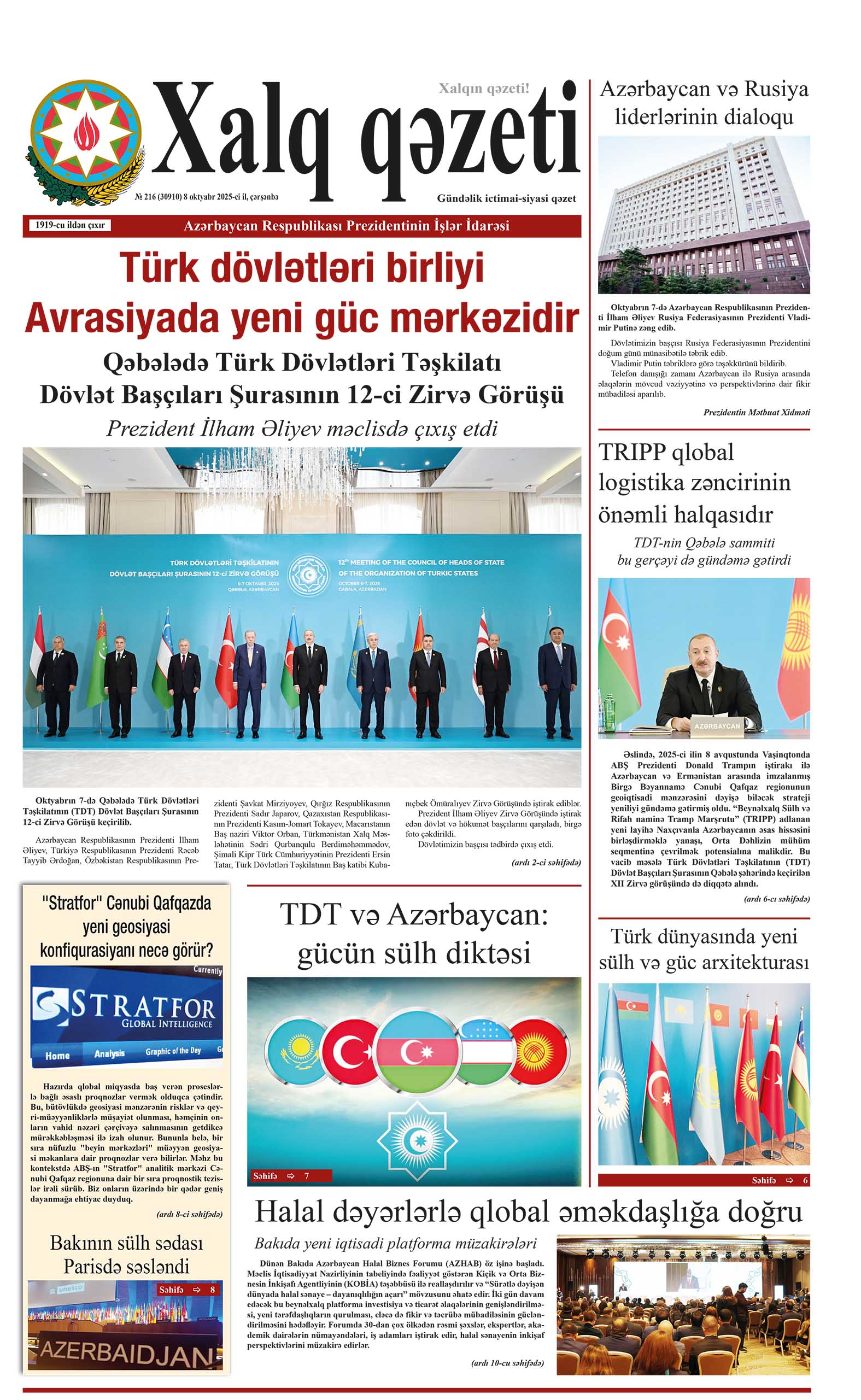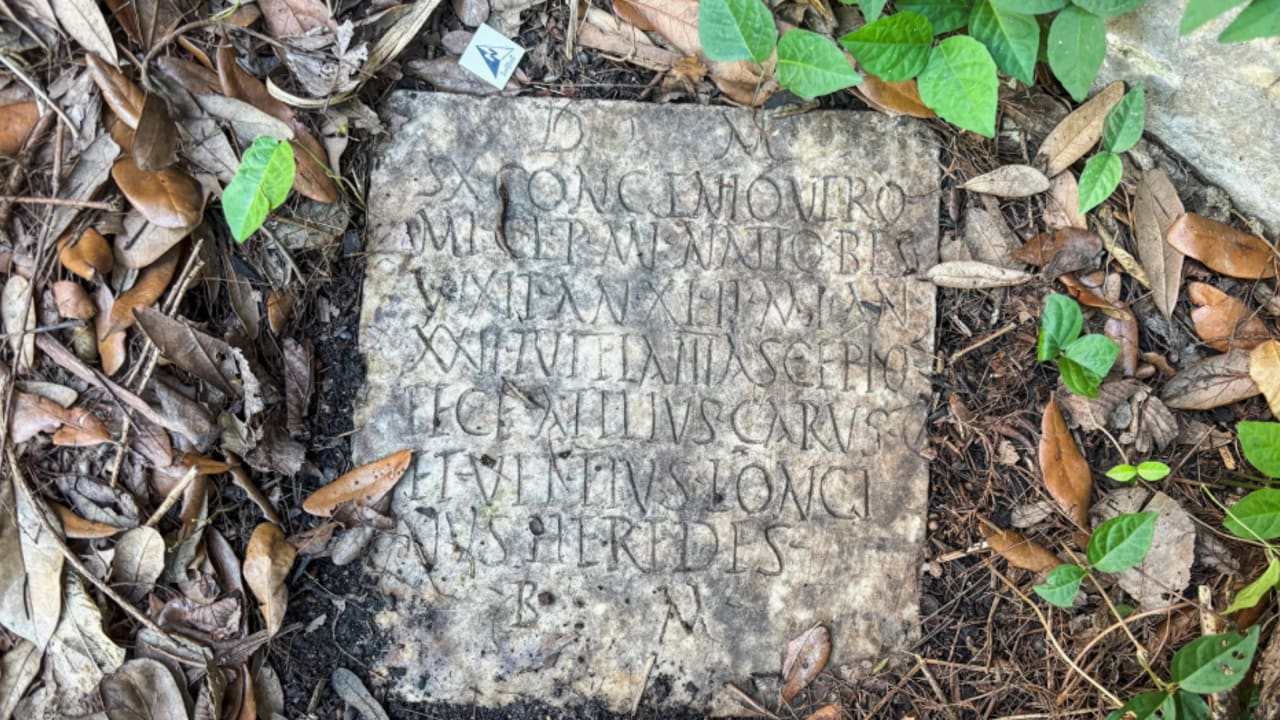ByJERUSALEM POST STAFF
A rare gold coin of the Egyptian Queen Berenice II, dating back approximately 2,200 years, was discovered during archaeological excavations in the City of David.
A very rare gold coin bearing the image of Queen Berenice II of Egypt was discovered during an archaeological excavation by the Israel Antiquities Authority at the Givati parking lot in the City of David, in the Jerusalem National Park. The coin is a small quarter-drachma coin made of pure gold, dating from 246-412 BCE, during the reign of Ptolemy III, husband of Queen Berenice II. It is the first coin of its kind in the world to be found in a clear archaeological context, and one of only 20 known in the world.
The coin depicts Berenice as a Hellenistic queen, wearing a diadem and veil, with a necklace around her neck. On the reverse side is a cornucopia, symbolizing success and fertility, flanked by stars. Around them is the inscription “Of Queen Berenice” in Greek.
The coin was discovered while sifting through buckets of dirt near the excavation site by Rebecca Leangler, an excavator at the Givati parking lot. "I was sifting through the dirt from the excavation and suddenly I saw something shiny. I picked it up and saw that it was a gold coin. At first, I couldn't believe my eyes, but within seconds I was running around the excavation site in excitement. I've been excavating in the City of David for two years and this is the first time I've found gold! There were always other excavators around me who discovered all kinds of special finds, and I was always waiting for my turn—and now my time has come!"
“The coin is the only one of its kind found outside Egypt, which was the center of the Ptolemaic Empire,” say Dr. Robert Cole, head of the Coins Department at the Israel Antiquities Authority, and Dr. Haim Gittler, chief curator of the Archaeology and Numismatics Department at the Israel Museum, who studied the coin. Queen Berenice appears here not as a companion to the king, but perhaps as a ruler in her own right. This is one of the first instances of a Ptolemaic queen appearing on a coin with this title during her lifetime. The coin was probably minted in Alexandria, Egypt, perhaps to serve as a grant to Egyptian soldiers who fought in the Third Syrian War.
According to the excavation directors, Dr. Yiftach Shalev of the Israel Antiquities Authority and Efrat Bozer of the Jerusalem Research Center, "Until now, the prevailing image in research was that Jerusalem after 586 BCE was a small, marginal city with few resources. The coin, along with other finds from the mid-third century BCE, sheds new light on the city: Jerusalem, it seems, began to recover during the Persian period and grew even stronger during the Ptolemaic period. Jerusalem in the centuries following the destruction of the First Temple was not desolate and isolated, but rather a city undergoing reconstruction, reconnecting with the centers of power, economy, and culture of the period.


